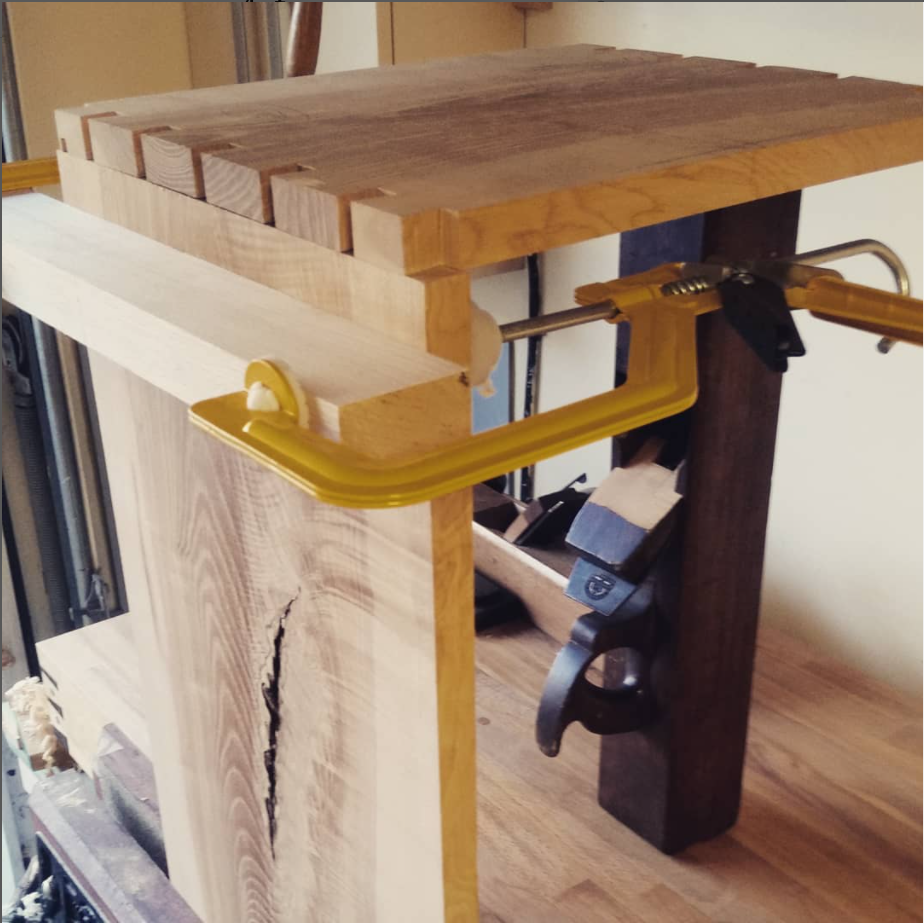Pins or Tails First? It Doesn’t Matter!
It’s an ongoing and amusing discussion point about what part of the dovetail joint should be cut first, the pins or the tails. Firstly I don’t even like, and have tried to stop using the term “pin”. I didn’t learn it that way but adopted it because it’s the dovetailing nomenclature, I don’t care for that anymore. My description of the joint fits and works well enough. My preferred way of describing them is tails and sockets. Feel free to dismiss or adopt that as you see fit.
As a general rule, you’ll practice one way of preparing this foundational woodworking joint until you’re happy with your results. It’s very likely you’ll follow a method described in a book, magazine or an in person or video instruction. Once you have that down rote, you’ll stick with it. Probably you’ll be defensive if anyone questions the method. That’s OK, having a degree of resistance to change is no bad thing. Abandoning things you can do well just to try something else is not always that clever, but neither is wise to be totally dogmatic. There will come a time when making a practice joint stops and projects start. Once real projects start, the scale and size of those projects will often dictate how you transfer marks. Tails or sockets first becomes less of an issue.
You’ll revert to type when the situation allows, but I certainly find I need to be flexible. The work at hand dictates how I do things. The low cabinet shown here demonstrates the issue. The top is close to 55” long and at home my workbench is pushed up close to a wall and I have little space in which to work. I’m grateful for that space though and I was able chose a solution that worked for me in that moment. I transferred the lines, cut to the lines and assembled the joint. After a while that’s what it boils down to. I find learning rote works for me, maybe it’s not the same for you. I like the way it lays a foundation and that you can then build away from. So practice with your pins or your tails, it doesn’t matter, just make sure your’re happy with the outcome.




